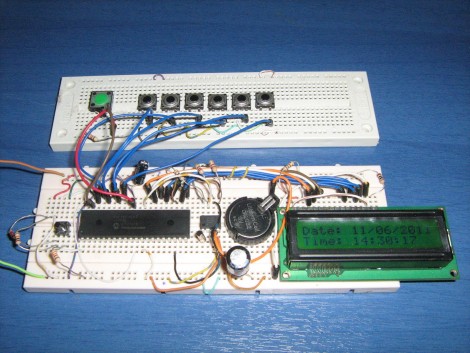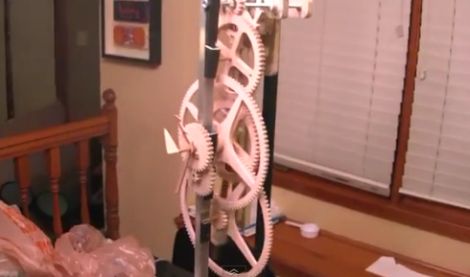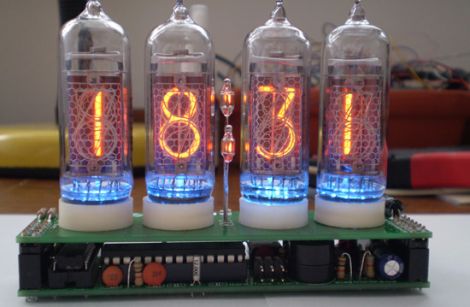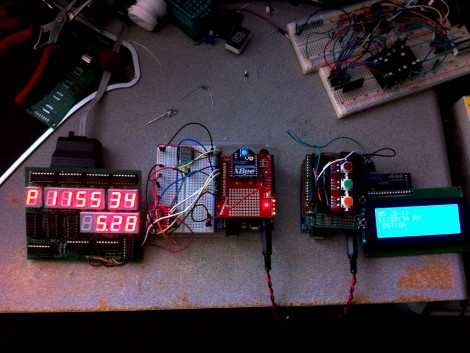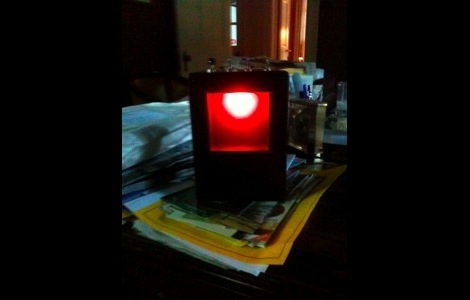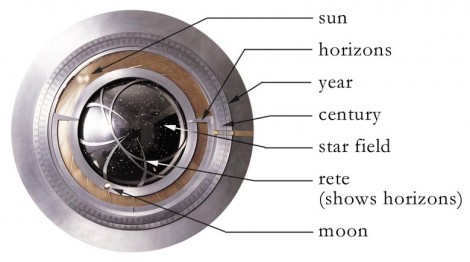
So you hear that someone is building a clock that will run for 10,000 years and you think ‘oh, that’s neat’. Then you start looking into it and realize that it’s being built on a mountain-sized scale in a remote part of the US and things start to get a bit strange. As much as it might sound like a Sci-Fi novel (or some creative trolling), the Long Now Foundation is in the process of building and installing a clock that will chime once per year for the next ten millennia.
The clock, currently under construction will be over 200 feet tall, residing in a shaft drilled in a limestone mountain in West Texas. The allusion to [Indian Jones] sprung to mind when we read that the shaft will be drilled from the top down, then have a shaft with a robot arm installed to mill a spiral staircase into the stone walls. And this isn’t the only clock planned; a second site in Nevada has already been purchased.
There are a lot of interesting features, not the least of them is a ‘chime engine’ that plays a unique tune each year that will never be repeated again. [Alex] sent us the original tip to a Wired article that covers the project in incredible detail. But we also found a SETI talks video that runs for an hour. You’ll find that embedded after the break.

